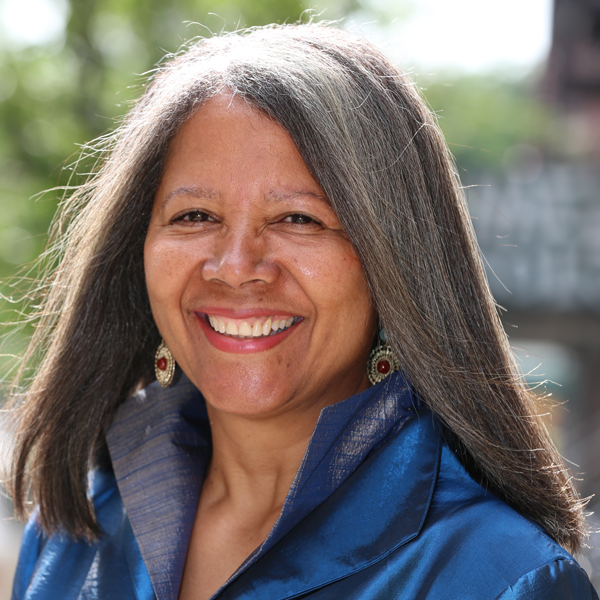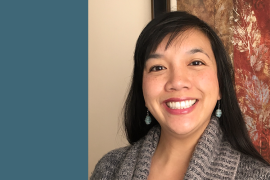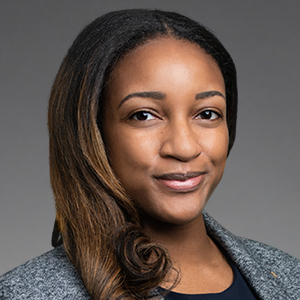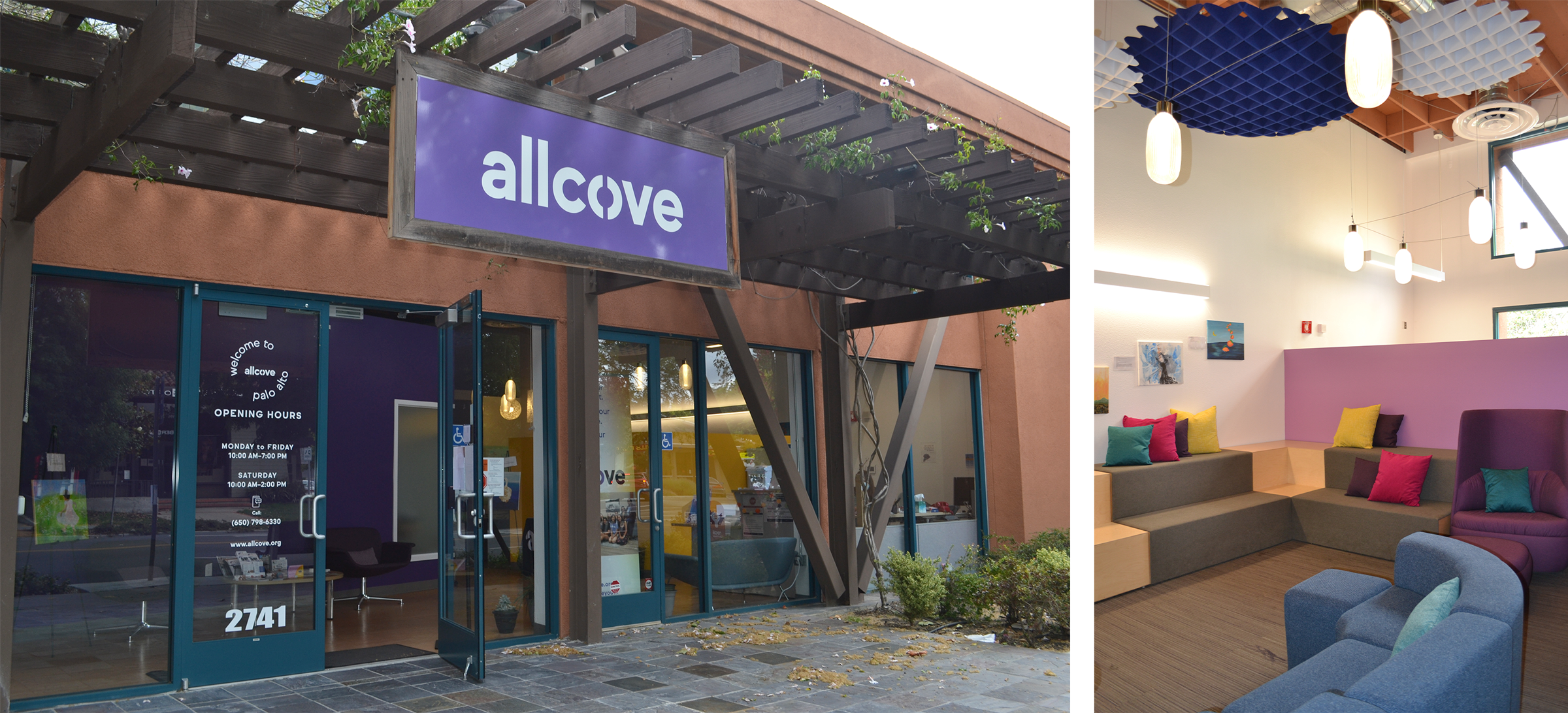Commentary Calls for a Reallocation of Health Care Spending by Hospitals
In a commentary in the Journal of the American Medical Association, Donald Berwick, M.D., M.P.P., former administrator of the Centers for Medicare and Medicaid Services (CMS) and president emeritus of the Institute for Healthcare Improvement, calls on hospitals and health systems to make greater investments in the social determinants of health. He suggests they establish “Ten Teams,” each focused on one of 10 social influences on health: health insurance coverage, food insecurity, housing security, immigrant needs, the criminal justice system, climate and decarbonization, voting rights, education supports, early childhood supports, and loneliness among the elderly. As a starting point, he recommends hospitals and health systems allocate at least 2 percent of their budget for this work and tie executive compensation to the success of these efforts. Donald Berwick, “Getting Serious About Producing Health: The Ten Teams Challenge,” Journal of the American Medical Association 327, no. 19 (May 2022):1865–6.
Telemedicine Use by Medicare Beneficiaries During the Pandemic Highest Among Those in Disadvantaged Neighborhoods
Researchers found nearly one of 10 Medicare beneficiaries in the fee-for-service program had at least one outpatient telemedicine visit after CMS expanded coverage of telemedicine using a waiver. Before the waiver was issued in March 2020, just 0.42 percent of patients had at least one telemedicine visit. Notably, the study found people residing in the most disadvantaged neighborhoods, as measured by the Area Deprivation Index, were more likely to use telemedicine after the waiver, though the odds of use were persistently lower with increasing age. The authors suggest targeted interventions may be needed to further expand telemedicine access. Sanuja Bost et al., “Medicare Beneficiaries in Disadvantaged Neighborhoods Increased Telemedicine Use During the COVID-19 Pandemic,” Health Affairs 41, no. 5 (May 2022):635–42.
New General Internists Locate in States That Expanded Medicaid
Researchers found that new general internists were more likely to locate in states that expanded access to Medicaid after the passage of the Affordable Care Act. They estimate that between 2014 and 2019, nonexpansion states lost 371 new general internists to expansion states. Nearly two-thirds (62.5%) were lost from areas of high social disadvantage, even though these areas account for just 17.9 percent of the population in nonexpansion states. Areas of high social disadvantage were disproportionately small towns and rural areas. Jose Escarce et al., “The Affordable Care Act Medicaid Expansion, Social Disadvantage, and the Practice Location Choices of New General Internists,” Medical Care 60, no. 5 (May 2022):342–50.
In Massachusetts, High-Frequency Hospital Users Accounted for Nearly 70 Percent of Hospital Readmissions
A study of Medicaid beneficiaries in Massachusetts found a small group of high-frequency hospital users had a disproportionate effect on 30-day readmission rates. Among adult MassHealth members with at least one acute hospitalization, 8.7 percent had four or more hospitalizations in a year. These high-frequency hospital users contributed 30.2 percent of hospitalizations and 69.4 percent of readmissions. High-frequency hospital users were more often male and were sicker than others. They also had more social risks: 33.1 percent had housing problems, 44.1 percent were disabled, 83.2 percent had serious mental illness, and 77.1 percent had a substance use disorder. Half (50.7%) of all hospitalizations for high-frequency users led to a readmission within 30 days, affecting the performance of Medicaid accountable care organizations and safety-net hospitals. Hassan Fouayzi and Arlene S. Ash, “High-Frequency Hospital Users: The Tail That Wags the Readmissions Dog,” Health Services Research 57, no. 3 (June 2022):579–86.
Nonemergency Medical Transportation Increases Outpatient Visits and Spending
A study of a nonemergency medical transportation benefit offered to Medicare beneficiaries participating in the UNC Health Alliance accountable care organization found the benefit increased outpatient visits (9.2 per person per year) and raised outpatient spending (by $4,420) relative to a comparison group. The researchers found there was no difference in inpatient admissions or emergency department visits and the program was not cost saving. However, qualitative analyses found the participants were highly satisfied with the program, reporting it eased financial burdens and made them feel safer, more empowered, and better able to take control of their health. Seth A. Berkowitz et al., “Evaluating a Nonemergency Medical Transportation Benefit for Accountable Care Organization Members,” Health Affairs 41, no. 3 (March 2022):406–13.
American Indian and Alaska Native Veterans at Elevated Risk of Suicide
Researchers found age-adjusted suicide rates among American Indian and Alaska Native veterans more than doubled to 47 per 100,000 person-years over a 15-year observation period ending in 2018. The youngest age group (18–39) exhibited the highest suicide rate (66.0/100,000 person-years). The most frequently used lethal means was firearms (58.8%), followed by suffocation (19.3%) and poisoning (17.2%). Nathaniel Mohatt et al., “Suicide Among American Indian and Alaska Native Veterans Who Use Veterans Health Administration Care: 2004–2018,” Medical Care 60, no. 4 (April 2022):275–78.
Medicaid Expansion Has Little Effect on the Closure of Obstetric Services
A study assessing the relationship between Medicaid expansion and obstetric service closures found rural obstetric units were less likely to close immediately after expansion but this effect faded within two years. The researchers also found that although expansion led to a large reduction in hospital closures, the effect was concentrated among hospitals that did not have obstetric units. They say policies supporting access to obstetric care may need to directly address the financial challenges specific to this service line. Caitlin Carroll et al., “Association Between Medicaid Expansion and Closure of Hospital-Based Obstetric Services,” Health Affairs 41, no. 4 (April 2022):531–9.
Using Hospitalists to Close Gaps in Treatment for Substance Use Disorder
A 650-bed hospital in Aurora, Colo., trained 11 hospitalists to provide addiction consults to hospitalized patients. After obtaining waivers to prescribe buprenorphine and completing a minimum of 40 hours of online addiction training, as well as shadowing addiction-trained physicians, the hospitalists completed 1,650 consultations on 1,350 unique patients between October 2019 to November 2020. Alcohol use was most common (79%), followed by tobacco (60.4%), methamphetamines/amphetamines (30.5%), and opioids (24.7%). Frequently reported discharge diagnoses were trauma (96.5%), alcohol-related liver disease (33.1%), and cellulitis/abscess (20.6%). Leaving prior to treatment completion was also commonly noted (7.4%). The authors say more research is needed to understand challenges to spreading this model and to evaluate its intended and unintended effects. Susan L. Calcaterra et al., “The Development and Implementation of a Hospitalist-Directed Addiction Medicine Consultation Service to Address a Treatment Gap,” Journal of General Internal Medicine 37, no. 5 (April 2022):1065–72.
Promoting Digital Inclusion to Advance Health Equity
A commentary from Jorge A. Rodriguez, M.D., Carmel Shachar, J.D., M.P.H., and David W. Bates, M.D., in the New England Journal of Medicine recommends that health care organizations support the effective and equitable implementation of the recently enacted Infrastructure Investment and Jobs Act. The Act earmarks $42.5 billion for investment in broadband infrastructure and promotes affordability by providing $30 monthly subsidies to help underserved people pay for internet access. Among other strategies, health care organizations can help identify broadband coverage gaps, ensure digital health tools adapt to potential bandwidth limitations, and perform targeted outreach to patients who could benefit from broadband and device subsidy programs. Jorge Rodriguez, “Digital Inclusion as Health Care — Supporting Health Care Equity with Digital-Infrastructure Initiatives,” New England Journal of Medicine 386, no. 12:1101–3.
Improving Surveillance of Child and Adolescent Mental Health Disorders
In a commentary in Pediatrics, Ruth Shim, M.D., M.P.H., Moira Szilagyi, M.D., Ph.D., and James M. Perrin, M.D., suggest several ways of improving how the nation assesses the prevalence of child and adolescent mental health conditions. Among their suggestions: better tracking the antecedents of mental health disorders, including adverse childhood experiences and social stressors such as housing and food instability, poverty, community violence, and discrimination. They also advocate for a public health surveillance infrastructure that tracks resilience and mental wellbeing, including cultural practices and traditions that protect Black and Indigenous children from the effects of toxic stress. Ruth Shim, Moira Szilagyi, and James M. Perrin, “Epidemic Rates of Child and Adolescent Mental Health Disorders Require an Urgent Response,” Pediatrics 149, no. 5 (May 2022):e2022056611.
Addressing Health Disparities Through State Policies
In a commentary in the Journal of the American Medical Association, Steven H. Woolf, M.D., M.P.H., of Virginia Commonwealth University School of Medicine, points to widening gaps in health disparities by state that cannot be explained by changes in their racial and ethnic composition. Woolf says the growing polarization of public policies may be a cause, as states take different approaches to Medicaid expansion, workplace and product safety, tobacco control, food labelling, gun ownership, and COVID-19 vaccination. He recommends that medical and public health professionals shift their focus to state capitols and be vigilant about policies that threaten health and safety or deepen inequities. Steven H. Woolf, “The Growing Influence of State Governments on Population Health in the United States,” Journal of the American Medical Association 327, no. 14 (April 2022):1331–2.
Medicare Advantage Beneficiaries with Chronic Conditions Sensitive to Copay Cost
A study examining whether Medicare Advantage beneficiaries with chronic conditions were sensitive to the price of provider visits found individuals did respond to changes in copayments, but the response was small. The researchers found reductions in copayments for primary care providers led to reduced use of some specialists, particularly for cardiology and endocrinology, suggesting this could be an effective way to reduce unnecessary use of specialists. Christine Buttorff et al., “Do Financial Incentives Affect Utilization for Chronically Ill Medicare Beneficiaries?” Medical Care 60, no. 4 (April 2022):302–10.






